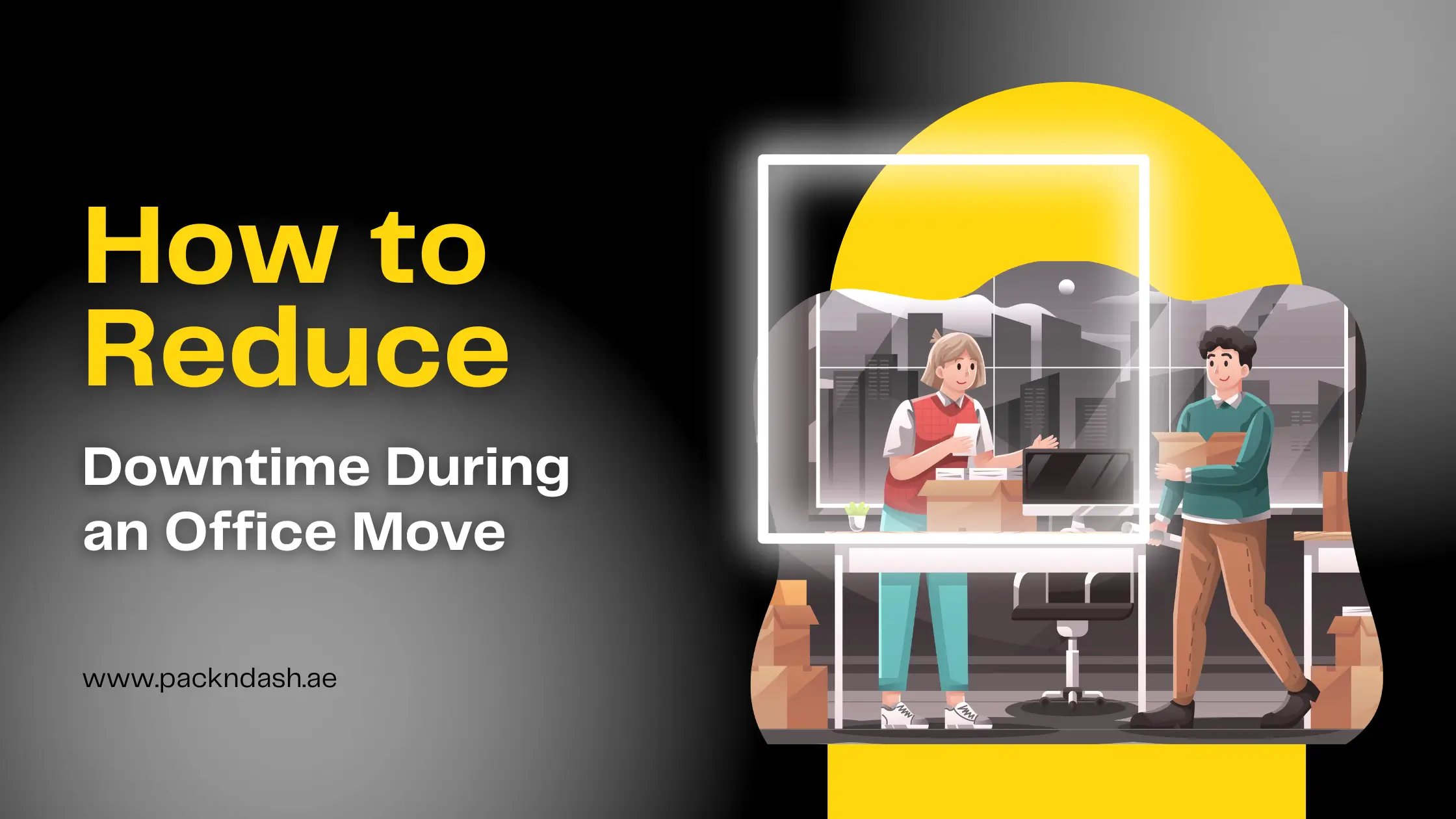How to Reduce Downtime During an Office Move

Office relocation can be a complex and challenging process, often accompanied by downtime that disrupts business operations. Minimizing downtime during an office move is crucial to ensure a smooth transition and maintain productivity. By following strategic planning, efficient organization, and effective communication, you can significantly reduce downtime and keep your business running seamlessly. In this article, we will discuss essential tips to help you minimize downtime during an office move.
1. Building a Step-by-Step Moving Plan
A well-structured moving plan is the foundation for a successful office relocation. Start by identifying key milestones and deadlines for each phase of the move, including packing, transport, unpacking, and setup in the new location. Assign specific tasks and responsibilities to individuals or teams to ensure a coordinated effort.
2. Communicate with Employees and Stakeholders
Open and transparent communication is vital throughout the moving process. Keep employees and stakeholders informed about the upcoming move well in advance. Clearly explain the reasons behind the move, address any concerns, and provide a timeline of events. Encourage employees to ask questions and provide input, fostering a sense of involvement and reducing anxiety.
3. Establish an Internal Move Committee
Forming an internal move committee can streamline the relocation process. The committee should include representatives from various departments, such as IT, facilities, human resources, and management. This group will be responsible for coordinating efforts, communicating with employees, and addressing specific needs related to their respective departments.
4. Evaluate and Plan IT Infrastructure
One of the most critical aspects of an office move is the IT infrastructure. Assess your current technology setup and determine what needs to be relocated or upgraded. Develop a detailed plan for dismantling and reinstalling computer systems, networks, servers, and other IT equipment. Engage your IT department or an external IT service provider to ensure a smooth transition and minimize disruptions to your network and communication systems.
5. Pack Strategically and Label Clearly
Efficient packing is crucial for saving time during the unpacking process. Label boxes and equipment with the respective department or workspace they belong to. This will help the moving team and employees identify items quickly and place them in the correct location in the new office. Consider color-coding or using a numbering system for easier identification and organization.
6. Utilize Professional Movers
Hiring professional office movers with experience in commercial relocations is highly recommended. Professional movers have the expertise, equipment, and manpower to handle office moves efficiently. They can disassemble and reassemble furniture, pack and transport items securely, and ensure the safe handling of fragile equipment. Partnering with professionals minimizes the risk of damage and helps streamline the entire moving process.
7. Test and Prepare the New Office Space
Before the actual move, conduct a thorough inspection of the new office space. Ensure that the infrastructure, such as power outlets, data connections, and telephone lines, is set up and functional. Coordinate with utility providers to ensure that services are connected and ready for use on the move-in day. Test IT systems, communication networks, and other essential equipment to identify and address any potential issues in advance.
8. Plan for a Soft Opening
Consider implementing a soft opening strategy, where the new office is gradually transitioned into full operation. This approach allows employees to adjust to the new environment and systems while minimizing disruption to daily workflow. Start with a small group of employees working in the new office, gradually increasing the number over a specified period. This phased approach provides an opportunity to address any unforeseen issues before fully transitioning to the new location.
Conclusion
An office move doesn’t have to result in significant downtime and disruption to your business. By creating a detailed moving plan, communicating effectively with employees and stakeholders, strategically packing and labeling items, and utilizing professional movers,

